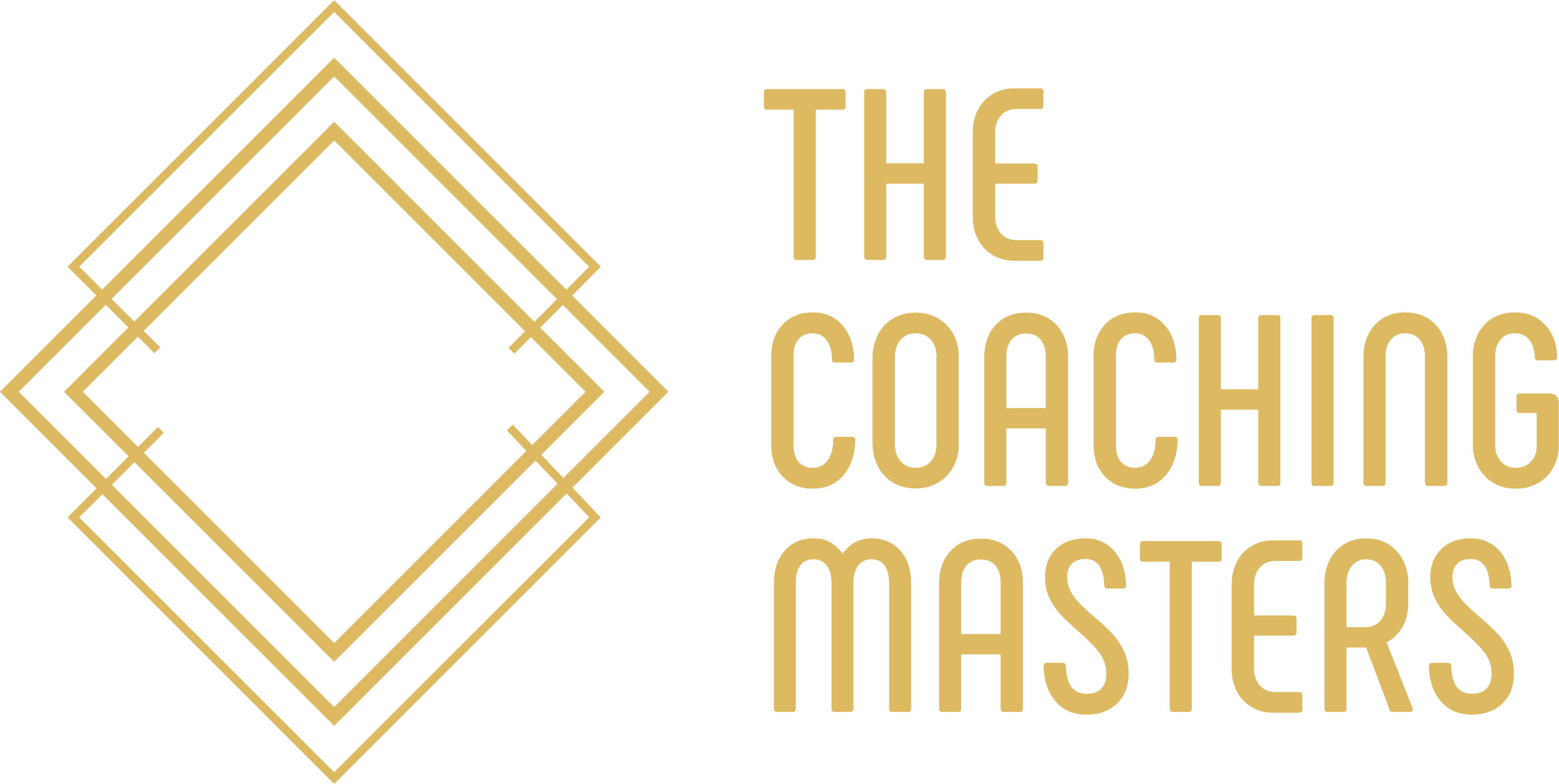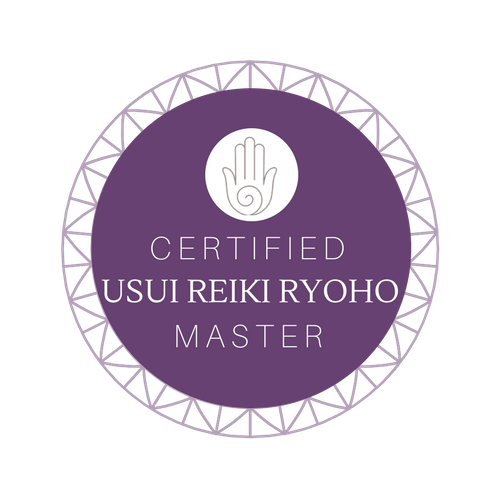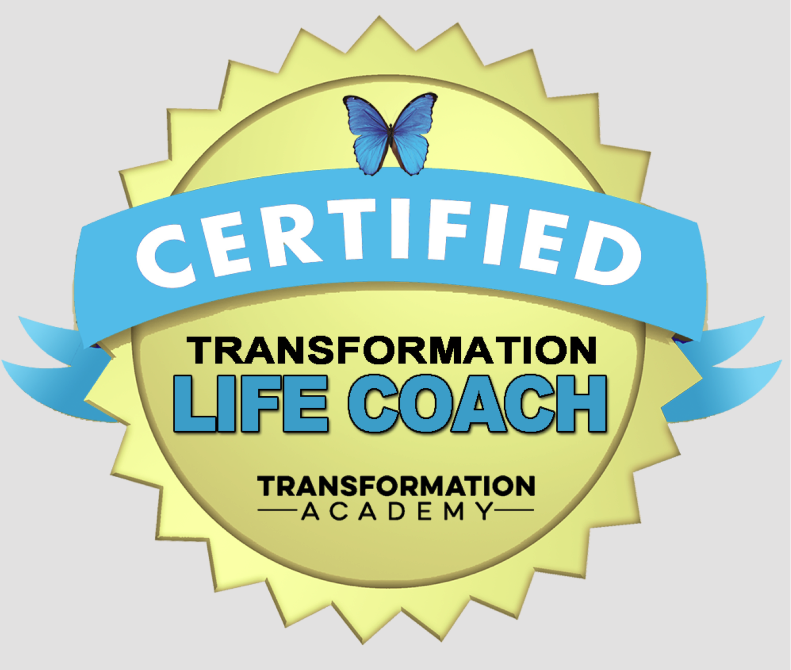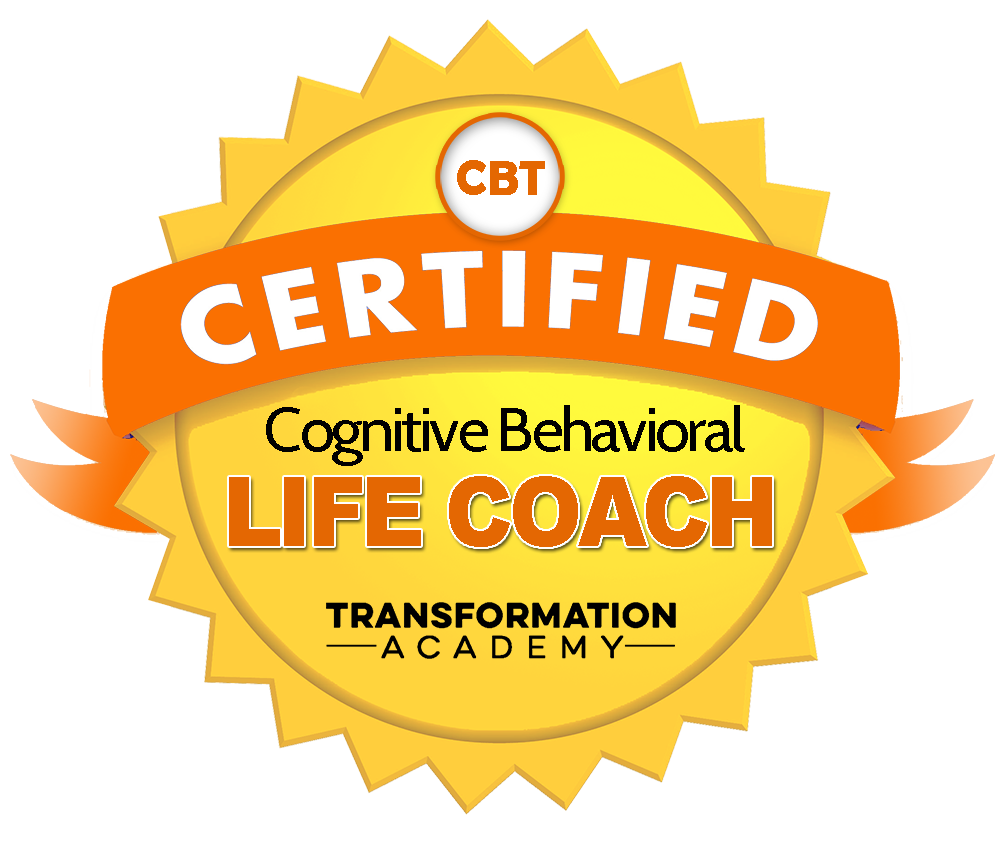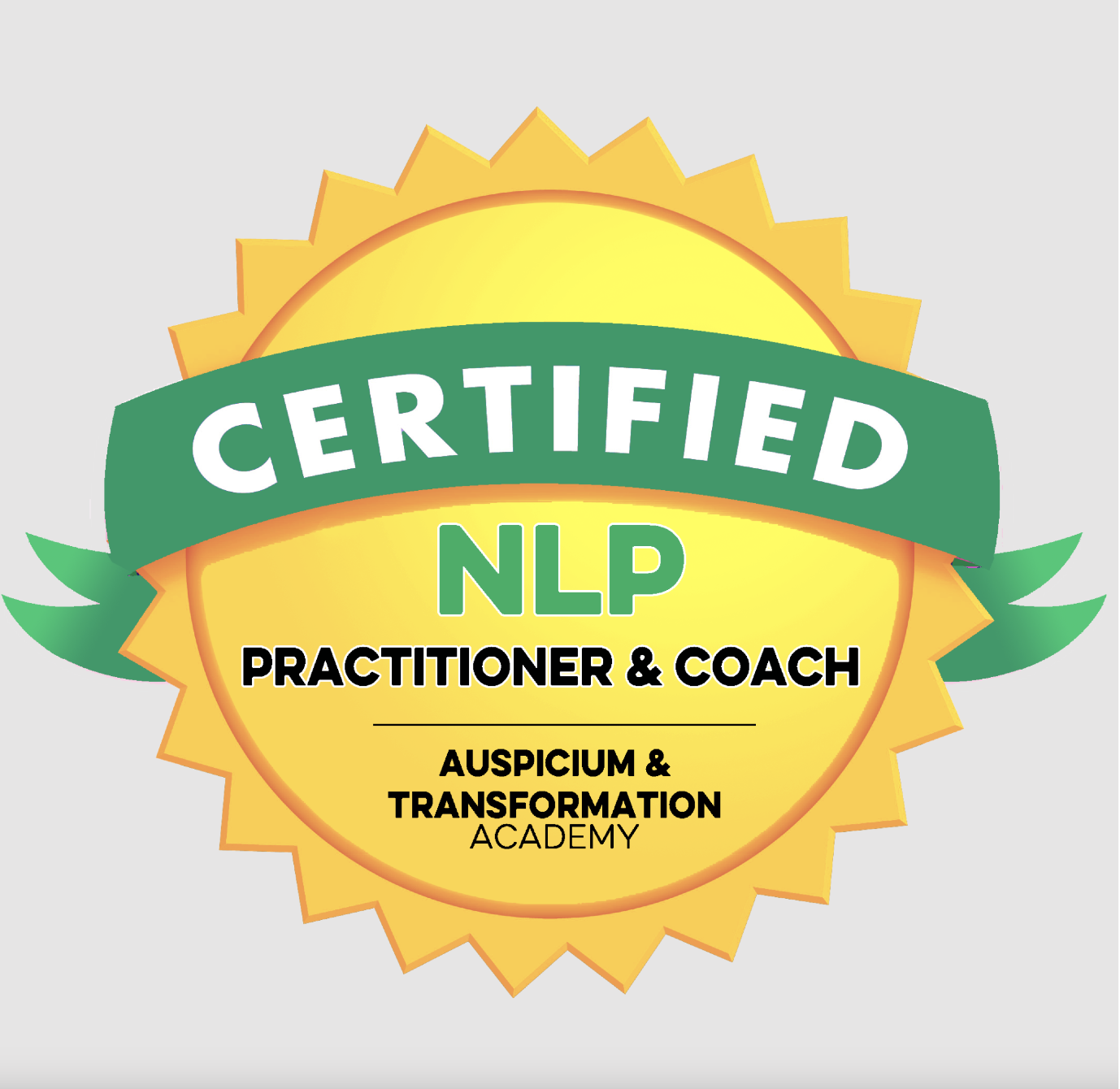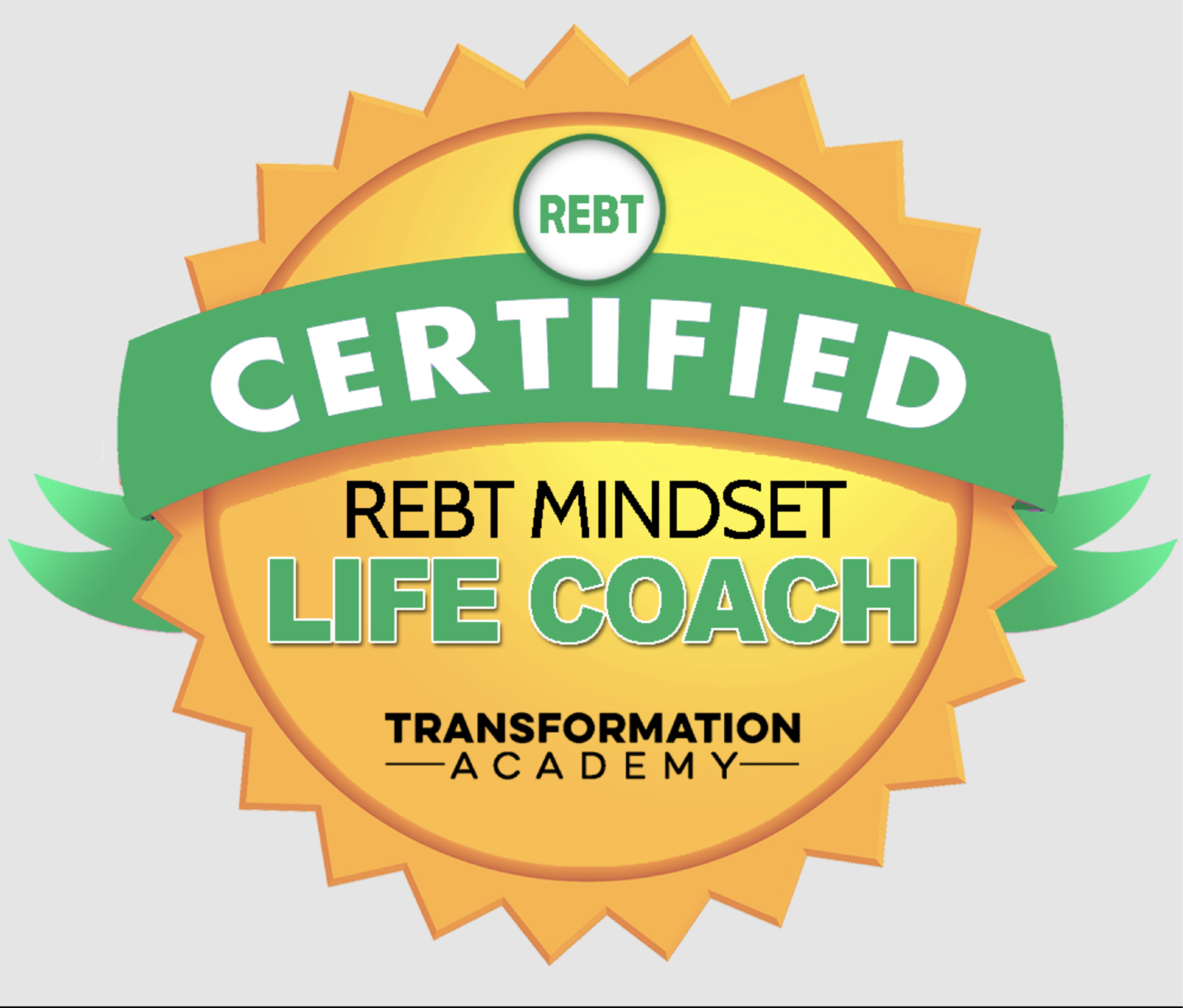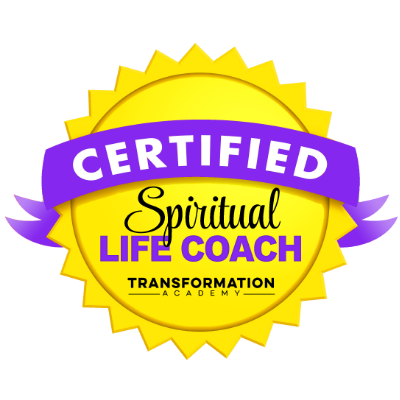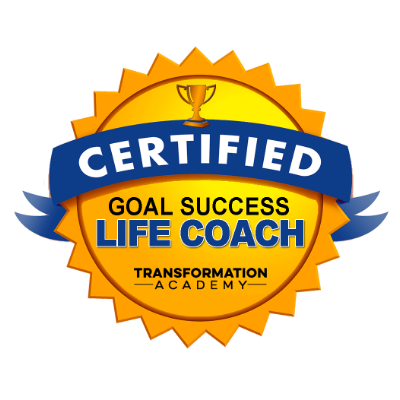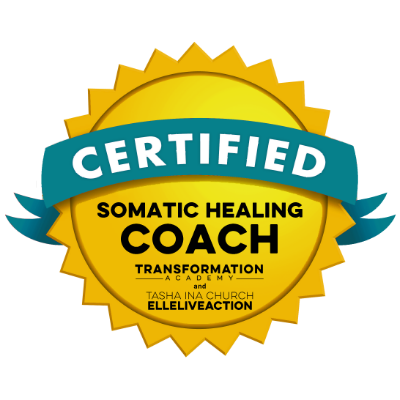Tai Chi Precautions
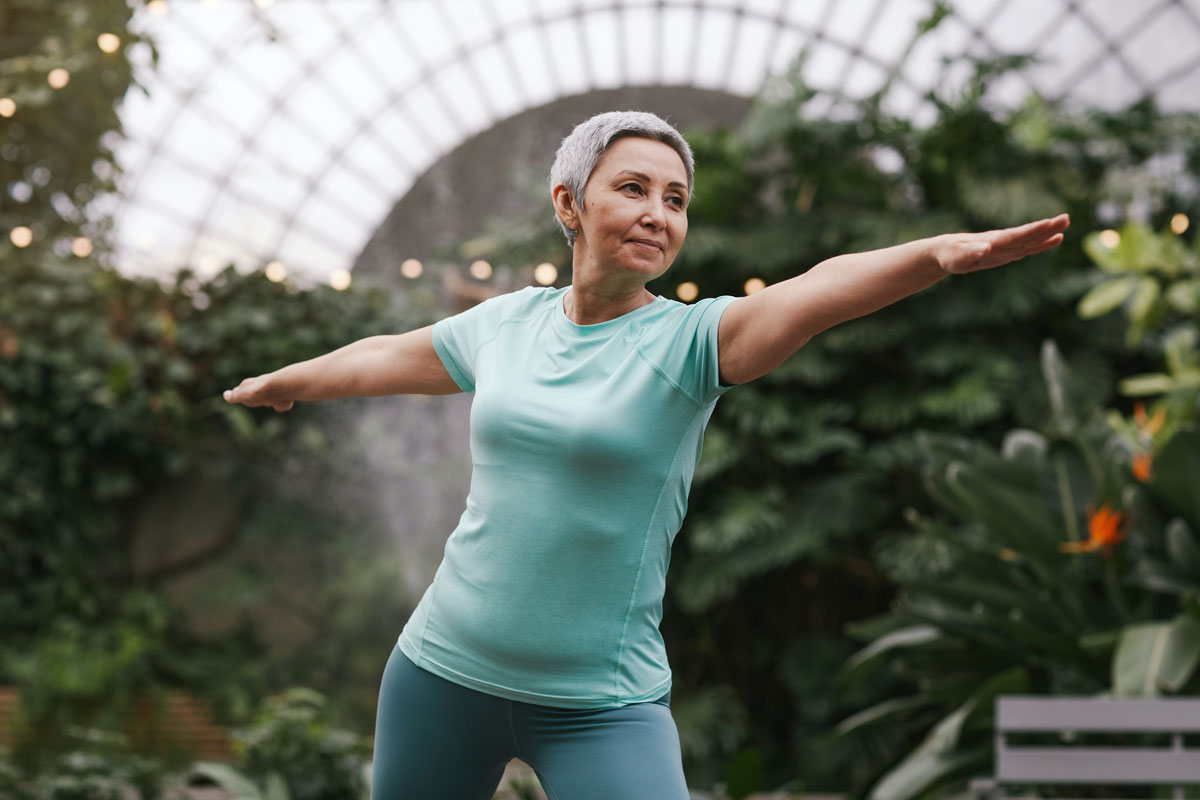
Ensuring a Safe and Effective Practice
Tai Chi, a graceful form of exercise that promotes both physical and mental well-being, has certain precautions that should be followed to ensure a safe and beneficial experience. Whether you are a beginner or dealing with specific health issues, it is important to adhere to these guidelines to avoid potential injuries and maximise the benefits of your practice.
Precaution #1: Seek Personal Instruction
One of the key precautions in learning Tai Chi is to avoid relying solely on instructional manuals and online videos. While these resources can provide a basic understanding of the principles and movements, they lack the ability to demonstrate proper form and technique. Attempting to learn from a book or video may lead to mistakes that go unnoticed, potentially causing harm or limiting the effectiveness of the practice.
Manuals and videos are often cumbersome to follow, requiring constant rewinding and pausing to catch up on instructions. They do not offer real-time feedback or the opportunity to ask questions, which is crucial for beginners who need guidance on correct posture and movement. It is always safer to learn from a qualified instructor who can provide personalised feedback and corrections. Once you have a solid understanding of the basics and can differentiate between correct and incorrect techniques, you can use videos and manuals as supplementary tools for practice.
Precaution #2: Choose the Right Instructor
Selecting an experienced and knowledgeable instructor is essential, especially for individuals with health concerns such as arthritis or heart conditions. An experienced instructor can tailor the practice to your needs and address any questions or concerns you may have. Certain Tai Chi movements can be strenuous and may exacerbate existing health conditions if not performed correctly.
Before starting a Tai Chi program, consult your doctor, particularly if you have any medical conditions that could be affected by physical activity. Your doctor can advise you on appropriate movements that will not aggravate your condition. Inform your instructor about your health issues so they can adjust the practice to suit your needs and ensure a safe and comfortable experience.
Precaution #3: Warm-Up and Cool Down
Warming up before and cooling down after your Tai Chi session is crucial, even though Tai Chi is often perceived as a gentle form of exercise. Warming up helps to prepare your muscles and joints for the activity, reducing the risk of injury. Cooling down helps to gradually bring your heart rate back to normal and prevents stiffness and soreness.
A proper warm-up can include light aerobic exercises such as walking or gentle stretching to loosen up the muscles and joints. Cooling down can involve slow, controlled movements and stretching to relax the body and mind after the session. Taking a short rest after your practice allows your body to recover and absorb the benefits of the exercise.
Precaution #4: Modify Movements as Needed
Tai Chi involves a variety of movements that require coordination and balance. If you encounter movements that are difficult or cause discomfort, it is important to modify them to suit your abilities. Pushing yourself to perform movements that are beyond your current capability can lead to injury and undermine the meditative aspect of Tai Chi.
Modifying movements does not mean you are compromising the effectiveness of the practice. It allows you to perform the exercises in a way that is safe and comfortable for you. Over time, as your strength and flexibility improve, you may be able to perform the original movements without modification.
Precaution #5: Avoid Overexertion
Tai Chi is a gentle, meditative form of exercise that should not be approached with the same intensity as more vigorous workouts. It is important to listen to your body and avoid pushing yourself beyond your limits. Overexertion can lead to fatigue, injury, and a loss of the meditative benefits that Tai Chi offers.
Focus on the quality of your movements rather than the quantity. It is better to perform fewer movements with proper form and mindfulness than to complete an entire routine with poor technique. Practicing Tai Chi should be a relaxing and enjoyable experience, not a stressful or painful one.
Embrace Regular Practice
Regular practice is key to gaining the full benefits of Tai Chi. Even a short daily practice session can help improve your flexibility, balance, and mental clarity. Aim to practice for at least 30 minutes a day, gradually increasing the duration as you become more comfortable with the movements.
Tai Chi is an excellent exercise for promoting relaxation, reducing stress, and enhancing overall well-being. It is not designed to achieve rapid weight loss or muscle gain, but rather to cultivate a state of balance and harmony within the body and mind. By practicing regularly and mindfully, you can experience the profound benefits of this ancient art.
In conclusion, adhering to these precautions when practicing Tai Chi can help you avoid injuries and enhance the effectiveness of your practice. Seek guidance from a qualified instructor, warm up and cool down properly, modify movements as needed, and avoid overexertion. With regular and mindful practice, Tai Chi can be a valuable tool for improving your physical and mental health.
My Affirmation For The Week
"Creativity is contagious. Pass it on."
